Octopus is called "octopus" in southern my country, "octopus" in the Bohai Sea region, and "octopus" in northern Malaysia. Pig sour". InTaiwan Provincemany people call itthá-khò( source In日本语たこ(蛸) tako), most people call it Octopus is also known as "eight-banded octopus", "sitting octopus", "dead cow", "stone dwelling", "stone sucking", "wangtide" and other names. Dried octopus products are called "dried octopus" or "dried octopus".
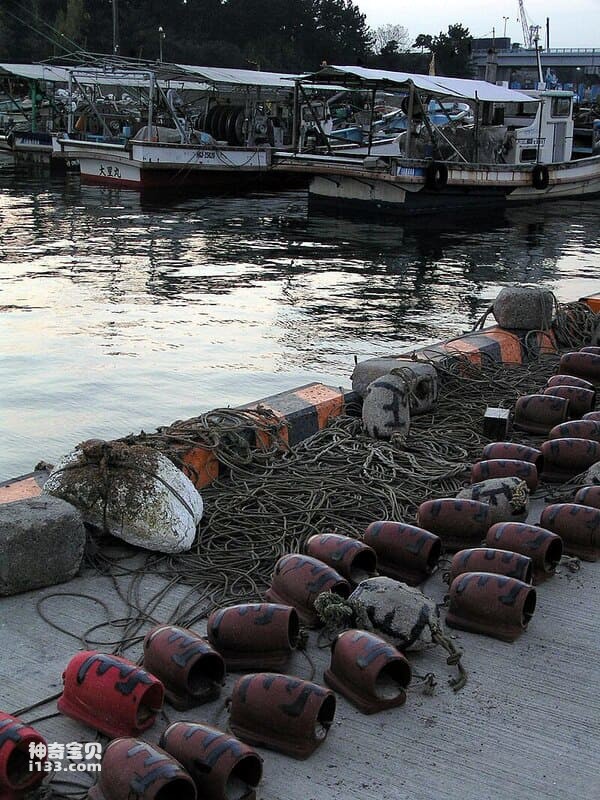
The biological name of octopus is "Octopus", and squid, Cuttlefish, Cuttlefish corresponds to the "Decabrachia" it belongs to, and the main difference is the number of arms and legs. The octopus has a very complex nervous system, which is common among all cephalopods, mollusks, and The most intelligent order among invertebrates. Octopus is widely distributed in tropical and temperate waters of the world's oceans. It is an interesting and mysterious marine creature. Octopus has unique ecological habits and intelligent performance, which has attracted much attention and research. When discussing the characteristics of octopuses, we cannot ignore the toxicity of some of them.

Regarding poisonous octopus species, there are many types of poisonous octopuses in the world. These include striped leopard octopus, spotted leopard octopus, crescent leopard octopus, Neil's leopard octopus, Mototi two-finned octopus, heterogamous octopus, two-spotted octopus, etc., which are considered to be highly toxic. Octopus species. These poisonous octopuses need to be treated with caution to avoid unnecessary dangers. Let’s learn about these top ten most venomous octopuses and increase our understanding of these mysterious creatures.

1. Striped leopard octopus (poisonous and can be fatal)
As we all know, the blue-ringed octopus is known as the most poisonous octopus in history. The main toxin in its body is tetrodotoxin, which is one of the most toxic non-protein toxins in nature. Its toxicity is even as high as 100 to 100 times that of sodium cyanide. 1000 times. At present, the medical field has not yet found an effective detoxification method, so prevention is particularly important. Shockingly, the venom of just one blue-ringed octopus is enough to kill more than 20 people, which shows how toxic it is.
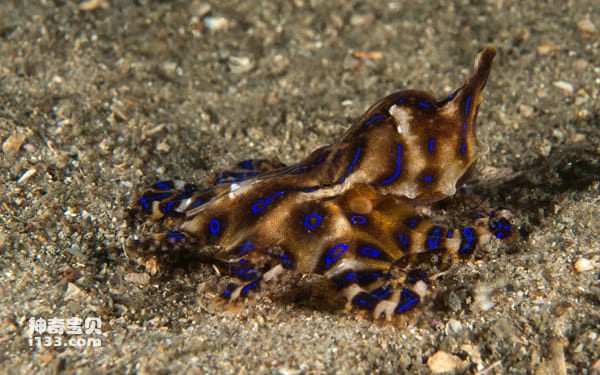
The blue-ringed octopus includes four subspecies: striped leopard octopus, spotted leopard octopus, crescent leopard octopus and Nissl's leopard octopus. In December 2010, a food poisoning incident occurred in Taiwan, involving the poisonous blue-ringed octopus. The research paper points out that among these octopus subspecies, the tetrodotoxin content in the skin of the striped leopard octopus is as high as 94.3 micrograms/g, and the toxin content in the wrist tissue even exceeds that of the spotted leopard octopus. Therefore, the striped leopard octopus can be said to be a blue-ringed octopus. The most toxic subspecies.
2. Spotted leopard octopus (toxic and can be fatal)
Spotted leopard octopuses rank second on the list of octopus venom. When disturbed or threatened, they activate special pigment cells in their skin. These cells, called "chromatophores," display up to 60 The iridescent blue rings and spots make its body and wrists show obvious cyan blue fluorescent spots and blue rings. The rings and spots reportedly "glow" as a warning sign when an individual's mood worsens.
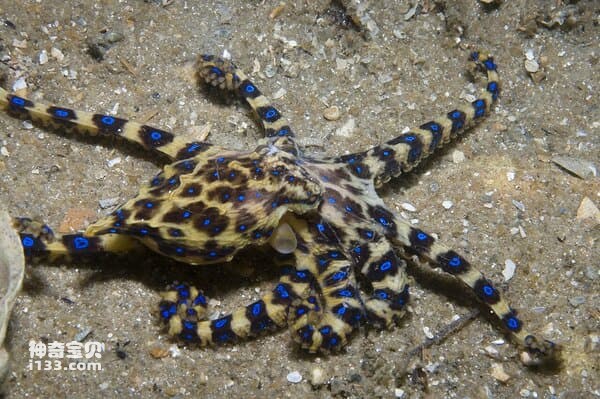
The saliva of the spotted leopard octopus contains tetrodotoxin, which can kill humans. When raising spotted leopard octopuses, you need to ensure that the fish tank is tightly closed to prevent them from escaping. You can add some hiding objects in the fish tank to give them some hiding space. When feeding, you can choose food such as shrimp, crab or fish, but be careful about their possible bites. Once bitten by a spotted leopard octopus, there are few suitable ways to detoxify it, so it is important to use caution when dealing with these venomous octopuses.
3. Crescent leopard octopus (toxic and can be fatal)
The type species of the genus Hapalochlaena lunulata is the Crescent Hapalochlaena lunulata, which is also one of the most toxic octopuses. It is often mentioned in octopus toxicity inventories and frequently appears on the Internet and in news reports. The Crescent Leopard Octopus is a small octopus, generally no more than 10 centimeters in size and weighing about 80 grams on average. Because the blue rings on its body are larger than other leopard octopuses, it is also called the big blue-ringed octopus. In addition to the blue ring, the crescent leopard octopus has a slightly flat head, a pointed top, and fewer arms and legs, which are short and thick.
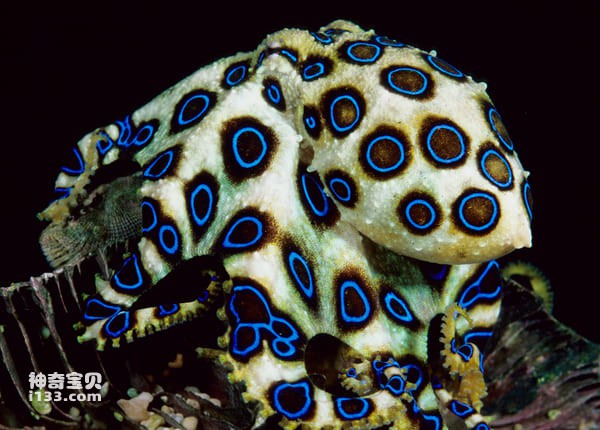
The crescent leopard octopus is widely distributed in tropical and subtropical waters of the Indian Ocean and the Western Pacific. It is a unique existence among marine organisms. Although small in size, its toxicity cannot be underestimated, so you need to be cautious when coming into contact with it. In the marine ecosystem, the crescent leopard octopus plays an important role, demonstrating the unique beauty of nature.
4. Neil's leopard octopus (poisonous and can be fatal)
Currently, four species of the genus Hapalochlaena have been officially named and described, namely the crescent leopard octopus, the striped leopard octopus, the spotted leopard octopus and Hapalochlaena nierstraszi. In addition, there are about 10 more species of the genus Leopardia that have not yet been officially named. Among them, the larvae of the spotted leopard octopus mainly live a benthic life after hatching, while the larvae of the other three leopard octopuses need to go through the planktonic stage, which is one of the reasons why it is almost impossible to breed these species at home.
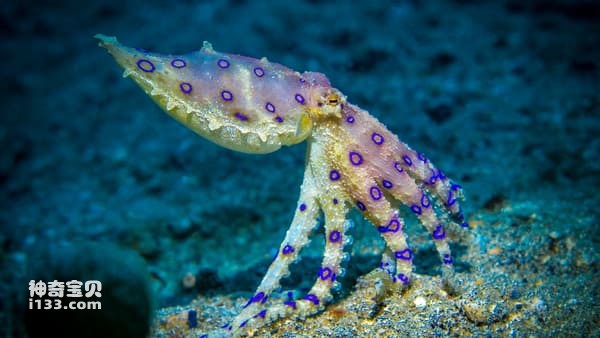
It is worth mentioning that Neel's leopard octopus is an extremely rare species and has only been recorded twice in history. The first discovery dates back to 1938, while the second was in 2013. These species of leopard octopuses all have the ability to secrete powerful toxins, so it is best to avoid being bitten by them to avoid accidents. Although the number of species in the genus Leopard is small, their toxicity and rarity make them important objects in marine biological research.
5. Mototi two-finned octopus (poisonous and can be fatal)
Amphioctopus mototi, commonly known as the venomous eye-spotted octopus, is one of the top ten most venomous octopuses that has attracted much attention. This small venomous cephalopod usually lives on reefs and feeds on crustaceans (such as crabs, shrimps) and clams. Their body length can generally grow to about 20-30 cm. Similar to other octopus species, the two-finned octopus can also change its body color to send warning signals to predators. What is unique about this octopus is that there are blue rings under the eyes on both sides of its head. When excited, these blue rings will show more vivid colors.

It is important to note that unlike most octopuses, Mototi's two-finned octopuses tend to bite. Additionally, adult males and females of this octopus die soon after laying eggs. At the same time, the Mototi two-finned octopus is highly toxic and may even be fatal to humans. Therefore, caution must be exercised when coming into contact with this venomous eye-spotted octopus.
6. Heterophorus octopus (the symbiotic jellyfish is toxic)
The octopus is also one of the most poisonous octopuses. The male body length is about 30 centimeters, while the female body is larger, with a maximum body length of 40 centimeters, an overall length of up to 350 centimeters, and a weight of about 75 kilograms. These octopuses are mainly distributed in the middle to deep waters of tropical to high latitude seas. The larvae usually inhabit seawater above 40 meters, and the living water depth is about 360 to 6787 meters. Female octopuses are larger than males.
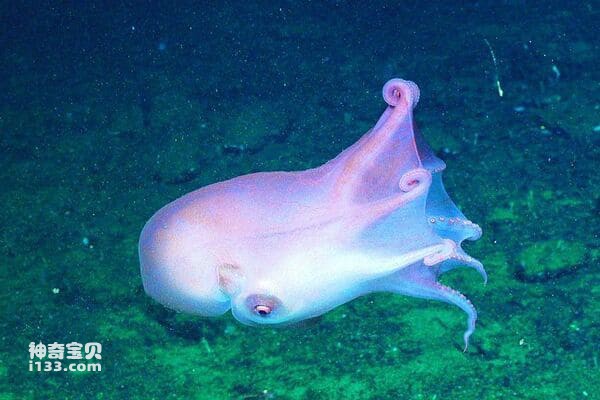
The male octopus has obvious characteristics. Its stalked wrist forms a sac-like structure, located under the right eye. Therefore, it only shows seven arms and legs on the outside. This is what makes it unique. Although the octopus itself is toxic, the venom is not strong enough to cause harm to humans. However, such octopuses themselves are still potentially dangerous, as they live in symbiosis with certain jellyfish, which themselves are powerfully venomous and can even be fatal. Therefore, caution must be exercised when coming into contact with the octopus and its symbiotic jellyfish.
7. Two-spotted octopus (a small amount of toxicity)
The two-spotted octopus is a ferocious carnivorous octopus with a known adult maximum carcass length of 12 cm. It mainly inhabits the subtidal zone and also moves in the intertidal zone. It shows obvious behavioral characteristics in the use of shelters. They like to use caves, rocks or crevices as shelter. Usually their trunks are oval in shape and have a smooth body surface, occasionally with some irregular protrusions and reticular stripes. The two-spotted octopus takes concave snails, beetles and bivalves as its main prey. Due to its heavy predation activities, local populations of these species will decrease or even become extinct.
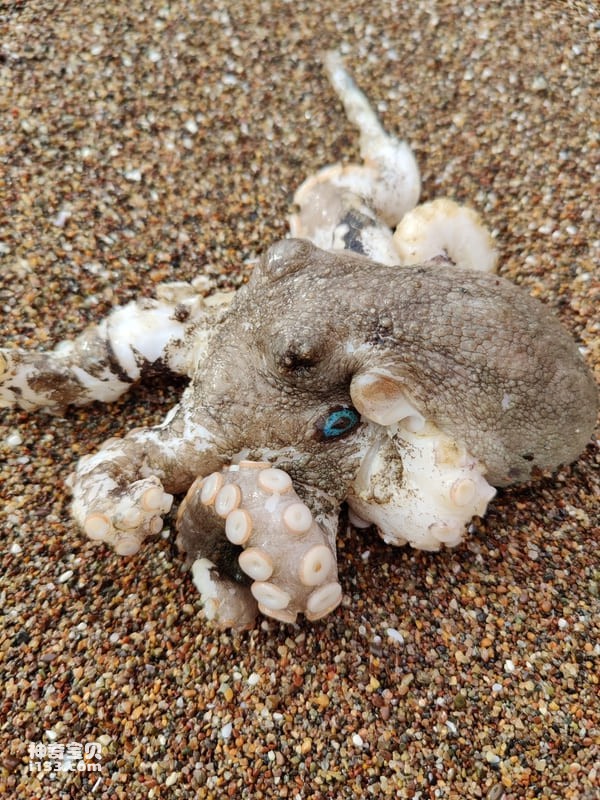
The "double-spotted octopus" is named for the blue and black single eye under each eye.
Once it touches the tentacles of the two-spotted octopus, it releases venom that attacks the prey's nervous system and paralyzes it. However, it should be noted that this venom is not fatal to other predators and humans. Therefore, although the two-spotted octopus is an aggressive octopus, its toxicity does not pose a substantial threat to humans and other predators.
8. Striped octopus (slightly toxic)
Among the venomous and attractive-looking octopuses, the striped octopus (coconut octopus) is a good example. They are named for a unique behavior and are often considered to be one of the most beautiful octopuses. Striped octopuses, which usually live on tree-lined beaches along the Pacific coast, are known for collecting fallen coconut shells and using them as shelter, a behavior that gave them their name.
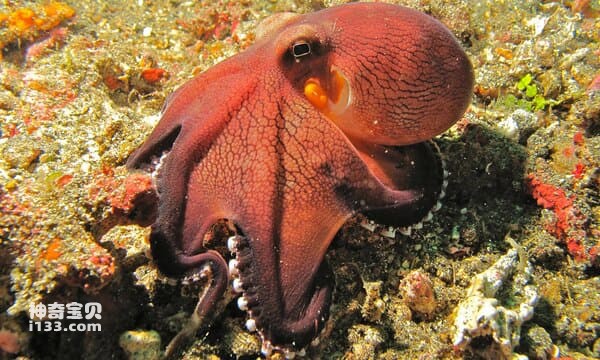
This octopus has a very beautiful vein-like pattern on its body, and the white suction cups are like a string of bright lights dotted on its arms and legs, showing a charming appearance. Although the striped octopus can secrete a small amount of venom and is somewhat aggressive, it is not fatal to humans. Therefore, despite its certain toxicity, the striped octopus is still an interesting and good-looking octopus, which brings visual enjoyment to people rather than a dangerous threat.
9. Pacific giant octopus (a small amount of toxicity)
The Pacific giant octopus is one of the largest species of venomous octopus, usually 5-6 meters in circumference and weighing approximately 50 kilograms. This octopus has excellent camouflage capabilities, allowing it to blend into its surroundings or use its shadow-shifting abilities to combat potential threats. They are widely distributed in waters ranging from tide pools to 2,000 meters deep on the ocean floor.

The giant Pacific octopus feeds on a variety of crustaceans, fish, and other octopuses, and has even attacked and devoured sharks and birds. After capturing prey, they release venom, forcing the prey to give up resistance and then slowly devour it. Still, the giant octopus's venom is harmless to humans. The giant Pacific octopus is an awe-inspiring creature, not only stunning in size but also displaying extraordinary capabilities in its hunting skills and survival strategies. Although it is somewhat toxic and aggressive, it does not pose a danger to humans.
10. Mimic octopus (slightly toxic)
There is a recognized rule in nature, that is, the more beautiful and colorful the species, the more toxic it is. As nature's top master of camouflage, the mimic octopus demonstrates this pattern. They have tens of thousands of color pockets called "color pockets" on their bodies, which are controlled by a complex network of muscles. These color packets contain pigments that the mimic octopus relies on to display a variety of shades, giving it a very confusing appearance.
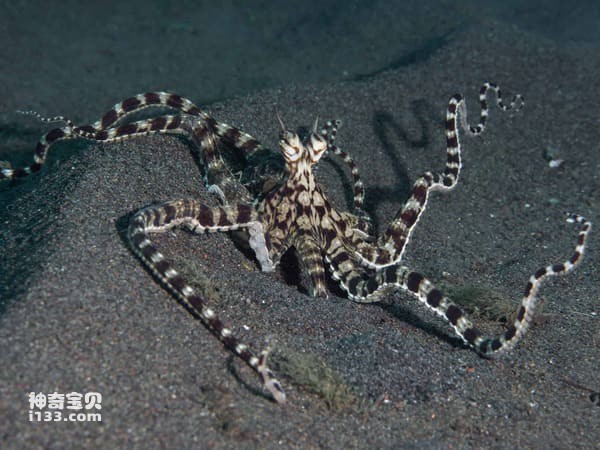
Despite their venomous appearance, the mimic octopus is actually very harmless to humans or other predators. Their toxicity poses no real threat. This phenomenon once again proves the many subtle laws in nature, and also makes people more interested and curious about the magical creature of the mimic octopus.
animal tags: octopus
We created this article in conjunction with AI technology, then made sure it was fact-checked and edited by a Animals Top editor.